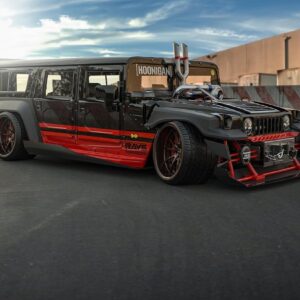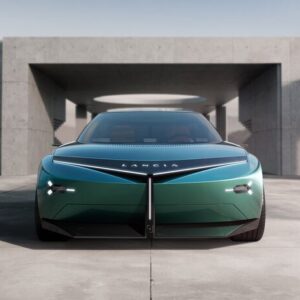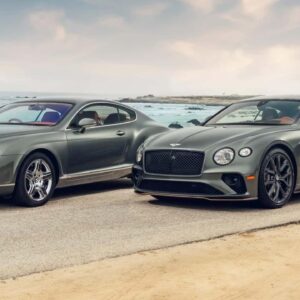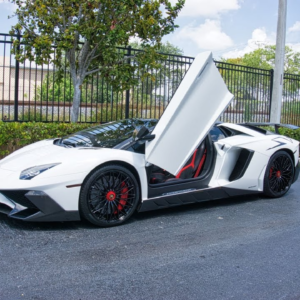Nissan’s top designer says the public has had enough of formless EVs

When the era of electric vehicles was still young, automakers told us that flat “skateboard” EV platforms would usher in a design renaissance with a greater variety of body styles. That never panned out, and many EVs today are some form of amorphous Blob. That fad has already worn thin according to Nissan’s top designer, who explained to The Drive how we ended up with so many ugly EVs, and why the industry is about to move away from them.
Nissan’s senior vice president of global design, Alfonso Albaisa, outlined the trajectory to us in a talk at the Japan Mobility Show. In a nutshell, we ended up with so many similarly shaped EVs because they’re all trying to maximize range by cutting aerodynamic drag. And some shapes are just more efficient than others.
“EVs prescribe a need for certain types of aerodynamics,” Albaisa told The Drive. “The risk on an EV is [that] even though we have a blank canvas, we have a skateboard, we can do a lot, but the wind is telling us actually, no, we want the nose exactly here.”
“So all of the cars we see today—the nose is moving up a little bit because we’re taking the air under the nose,” he continued. “So this is a conscious rebellion against the prescription of what the wind wants. Because in the end, it’s about range, the wind wants it a certain way because it needs to go 300 minimum, 400 minimum miles. [sic] I think that those first generation, the first EVs have a tendency to be jelly bean-ish: very clean and the body is high, the nose is low.”
When asked about whether he expects this trend to last, Albaisa acknowledged more than a dozen Nissan EVs in the works that don’t follow it.
“I think already people are pushing back, because we have like 13 or 14 that we’re making […] where some are a little bit smoother. And those are also cool, but you see the friction between languages. I think people are impatient, they want something new.”
Albaisa also said he expects the tides to turn against hyper-angular and aggressive styling that has dominated automotive design for more than a decade now. But he also thinks that whatever paradigm replaces it won’t last as long, due to customers’ diminishing attention spans.
“It won’t last,” Albaisa said of the next major automotive styling trend. “So, the speed of apathy, of boredom is accelerating. I think that naturally in some regions, more than others, all of you are from the rebellion capital in the world: the US. Fashion changes. And I think it will accelerate.”





